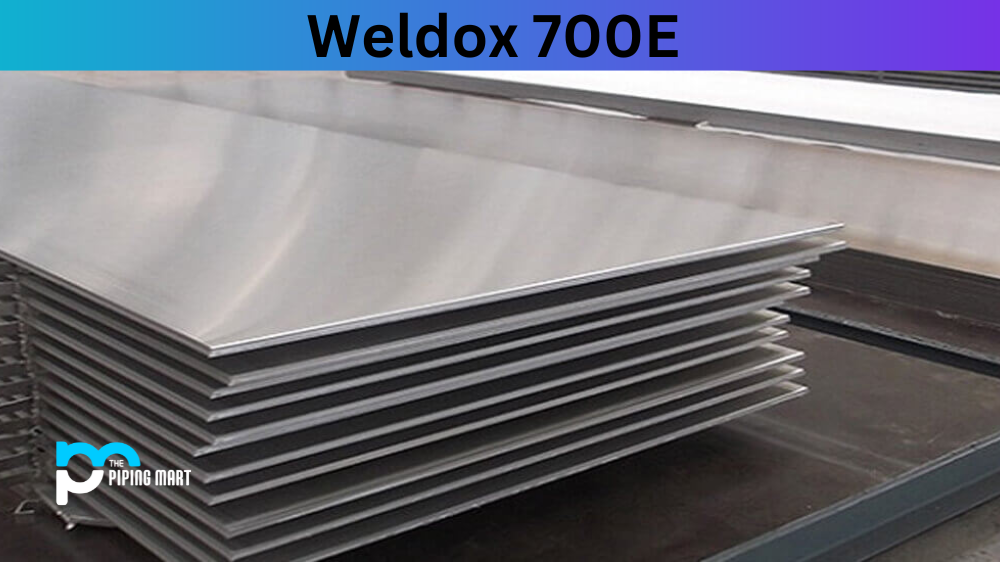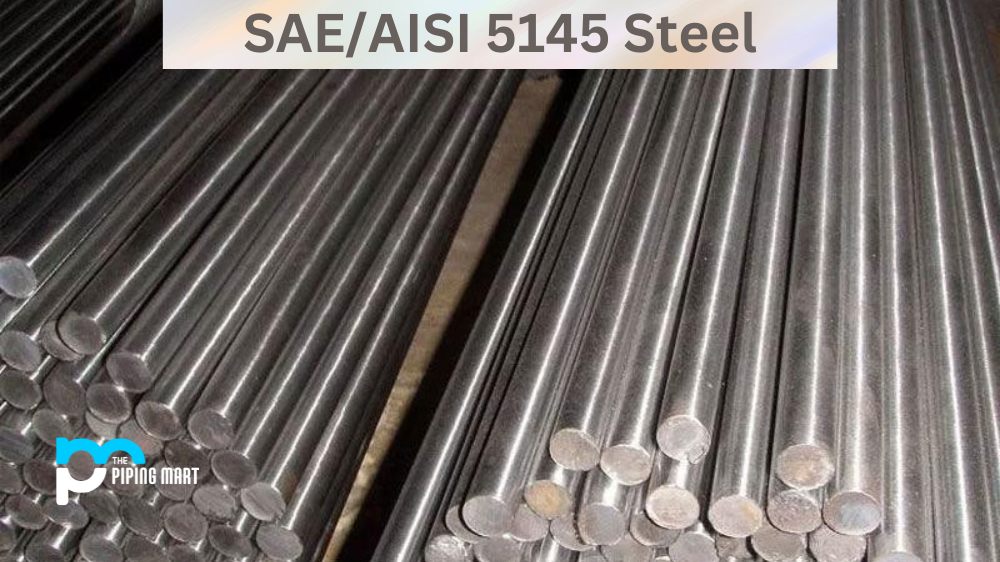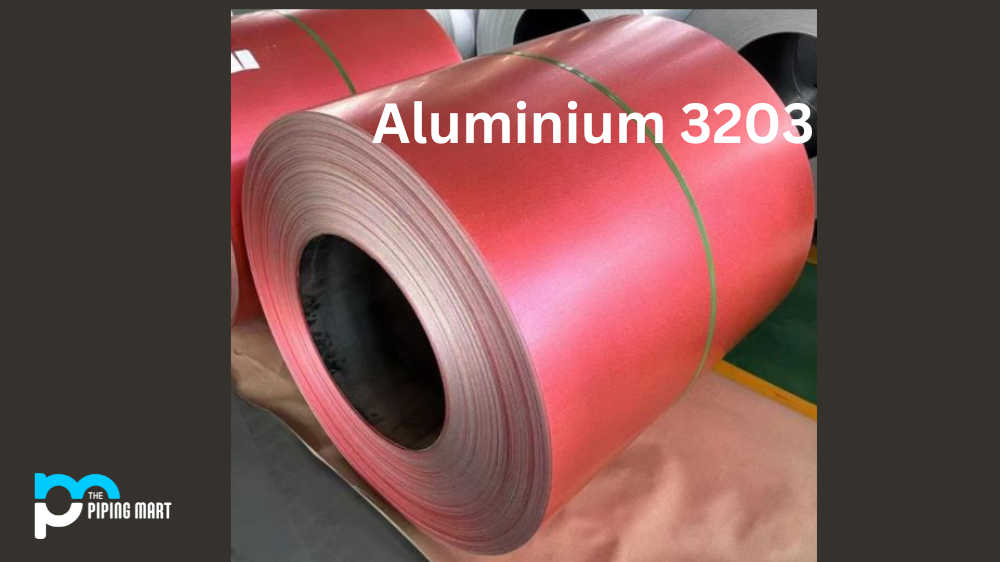Aluminum 2036 is an alloy that provides a variety of properties, including corrosion resistance, heat resistance and machining capability. This alloy is made up of copper, manganese, chromium and iron. It also has excellent weldability and can be used in many industries to produce a range of products. Let’s look closer at the composition, chemical and physical properties, uses, corrosion resistance, heat resistance, heat treatment and machining of Aluminium 2036.
2036 Aluminium Composition
AL 2036 is composed mainly of aluminium (91%), as well as small amounts of other elements such as copper (0.5-1%), manganese (0.3-0.8%), chromium (0.2-0.8%) and iron (max 0.7%). It also contains magnesium silicate particles which give it its unique properties.
| Element | Content (%) |
|---|---|
| Aluminum, Al | 96.70 |
| Copper, Cu | 2.6 |
| Magnesium, Mg | 0.45 |
| Manganese, Mn | 0.25 |
2036 Aluminium Chemical Properties
The chemical properties of grade 2036 are important for applications where the alloy will be exposed to extreme temperatures or chemicals in order to maintain its strength and durability. The alloy has a high melting point of 620°C – 690°C and it is resistant to most acids except hydrofluoric acid and phosphoric acid which will cause pitting corrosion if left in contact with the metal for too long.It also has very good weldability due to its low melting point but needs to be preheated before welding in order to prevent cracking during the welding process.
2036 Aluminium Mechanical Properties
Alloy 2036 has been developed as an alternative to other aerospace-grade alloys. This new alloy is stronger and more heat tolerant than many of its predecessors, with excellent mechanical properties such as superior fatigue strength and improved machining characteristics. It also has exceptionally high strength-to-weight specifications, which make it a smart choice for applications where weight is a major consideration. An added benefit of Aluminium 2036 is its resistance to both corrosion and stress-corrosion cracking, meaning that it can withstand the rigors of their specific environment better than other materials. Additionally, this alloy provides good formability and weldability options, making it well suited for those who need parts to fit custom contours or be assembled quickly. Altogether, Aluminum 2036 has offered great promise in the realm of mechanical application construction.
| Properties | Metric | Imperial |
|---|---|---|
| Tensile strength | 338 MPa | 49000 psi |
| Yield strength | 193 MPa | 28000 psi |
| Elongation at break (@thickness 1.59mm- 0.0625 in) | 24% | 24% |
| Poisson’s ratio | 0.33 | 0.33 |
| Elastic modulus | 71 GPa | 10300 ksi |
| Shear strength | 200 MPa | 29000 psi |
| Hardness, Brinell (converted from HR 15T) | 95 | 95 |
| Hardness, Knoop (converted from HR 15T) | 120 | 120 |
| Hardness, Rockwell A (converted from HR 15T) | 39.8 | 39.8 |
| Hardness, Rockwell B (converted from HR 15T) | 60 | 60 |
| Hardness, Rockwell 15T | 80 | 80 |
| Hardness, Vickers (converted from HR 15T) | 107 | 107 |
| Machinability | 50 | 50 |
2036 Aluminium Physical Properties
The physical properties of Aluminium alloy 2036 are what make it so desirable for many industries as it can withstand high temperatures without losing its strength or becoming brittle and is lightweight yet strong enough for most applications. Its tensile strength is around 375 Mpa with an elongation rate of 10-12%, making it ideal for parts that need to be both strong and flexible such as automotive components or machinery parts.
| Properties | Metric | Imperial |
|---|---|---|
| Density | 2.75 g/cm³ | 0.0994lb/in³ |
| Melting point | 554 – 649°C | 1030 – 1200°F |
2036 Aluminium Thermal Properties
| Properties | Conditions | ||
|---|---|---|---|
| T (°C) | Treatment | ||
| Thermal conductivity | 198 W/mK | 25 | O |
2036 Aluminium Equivalent
- Outer and inner body panels
- Load floors
- Seat shells
2036 Aluminium Uses
Aluminum 2036 can be used in a variety of industries, from automotive production to aerospace engineering due to its ability to withstand high temperatures without losing its strength or becoming brittle while still being lightweight enough for most applications. It is often used in engine components such as pistons or connecting rods due to its low friction coefficient which reduces wear on the engine parts over time while still providing excellent performance. It can also be used in aircraft frames due to its light weight yet strong nature which makes it ideal for use in aircraft components where weight savings are essential but strength must not be compromised on either side – making it perfect for applications such as fuselages or wings where weight savings can help improve fuel efficiency while still providing adequate structural support for the aircraft body itself!
Corrosion Resistance
Aluminum 2036 has excellent corrosion resistance against most chemicals except hydrofluoric acid and phosphoric acid which can cause pitting corrosion if left in contact with the metal too long – however this can easily be avoided by applying proper coatings or treatments prior to exposing the metal to these substances if necessary! Heat Resistance Aluminium 2036 has excellent heat resistance up until 500°C when it begins to lose some of its strength but still remains relatively stable until 650°C when it begins melting point begins at 620°C – 690°C depending on how much copper is present in the alloy mixture (higher copper content will increase melting point).
Heat Treatment
As mentioned previously, Aluminum 2036 has a high melting point so it cannot be hardened through traditional heat treatments such as quenching/tempering but instead must be heated slowly until reaching desired hardness level before being cooled down quickly so that none of the material crystallizes during cooling process – this allows maximum amount material remain malleable while still having desired hardness level achieved after cooling process occurs!
Machining
Aluminum 2036 is relatively easy to machine compared other metals due mostly because softness material allows cutting tools work more efficiently without risk damaging them during machining process – however this does mean that finished product may not have highest surface finish quality achievable when compared materials like steel which require much more precision machining techniques achieve desired results
Welding
The weldability aluminium depends largely upon type filler rod being used during welding process – typically ER4043 filler rods should used since they provide best results when welding aluminum alloys like this one! However any other type filler rod could potentially work just fine depending upon application requirements & skill level operator performing welding task itself.
Conclusion
Whether you’re looking for an aluminium alloy with great mechanical properties or excellent corrosion resistance, Aluminum 2036 might fit the bill perfectly! With its impressive composition made up mostly by aluminium combined with small amounts other elements like copper, manganese & chromium; along great chemical & physical properties thanks high melting point & good weldability; plus awesome uses ranging from automotive production aerospace engineering; this amazing alloy really does have something offer everyone! So if you’re looking durable solution your next project then don’t hesitate give Aluminum 2036 shot today!

Meet Bhavesh, a seasoned blogger with a wealth of knowledge and experience. From metal products manufacturing to retail, Bhavesh has a diverse background in various industries and is dedicated to sharing his insights and expertise with readers.




